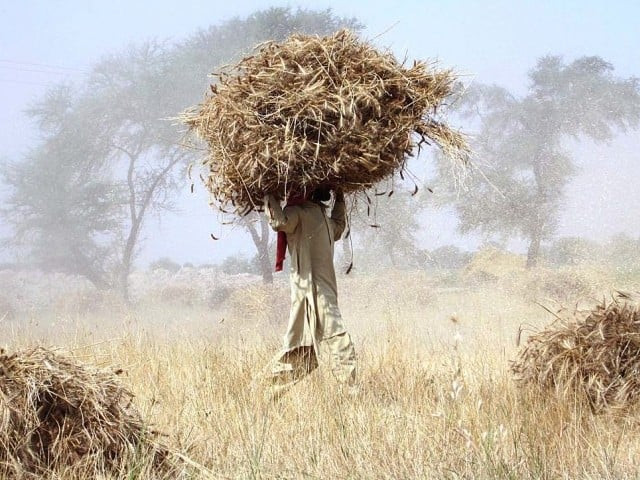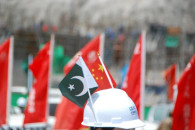Productivity key behind increasing well-being
Wage-led approach will enable countries to enhance aggregate supply and demand

Wage-led approach will enable countries to enhance aggregate supply and demand. PHOTO: APP
This is argued by the latest 2016 edition of the Economic and Social Survey of the Asia and Pacific released by the United Nations ESCAP (Economic and Social Commission for the Asia and Pacific). The report highlights increasing productivity to reinvigorate growth.
It argues that productivity-led growth will need to be accompanied by steady increase in real wages to support domestic demand-an approach that will make the quality of growth more inclusive
The report is divided into three parts. The first chapter examines the macroeconomic performance and outlook for the Asia Pacific region, the second chapter provides a disaggregated analysis on the performance outlook and challenges faced by individual countries falling under this region. Lastly, the third chapter delineates the importance of productivity in the Asia Pacific region and offers measures on how to strengthen productivity.
Economic outlook
The Asia Pacific region is vast and varied in development experiences. Economic growth for the region is forecast to be 4.8% and 5% in 2016 and 2017. The report highlights that although the economic outlook remains broadly stable it is clouded by uncertainty.
The biggest challenge to achieve this growth includes uncertain outlook for the Chinese economy in the background of fragile fiscal recovery, weak consumption and investment in some of the bigger economies of this region, exchange rate volatility, commodity price declines and an ambiguous path of interest rate increases. All these factors have pushed the region into a ‘low-growth and high-risk scenario’.
Perspective on Pakistan
The report also offers an outlook for the Pakistani economy. Economic growth has marginally increased to 4.2% in 2015 relative to 4% in 2014. Despite easing of monetary policy primarily due to falling inflation, private investment has remained subdued and has kept overall investment at 15% of GDP for the whole year.
Weak global commodity prices specifically for cotton has resulted in decline in exports and hence widened the trade deficit. Although the report has projected growth to increase to 4.5% in 2016 and 4.8% in 2017, several downside risks remain which include slowing remittances from Middle East due to subdued economic activity there, domestic security issues and critical energy issues. The report offers recommendations for Pakistan, primarily being an agricultural country, that in order to strengthen domestic demand and hence boost economic growth, emphasis must be paid on strengthening productivity in agriculture.
Productivity growth
Dr Hamza Ali Malik, Chief of the Economic and Social Commission for Asia and Pacific (ESCAP), has also emphasised that “to make growth more sustainable and inclusive, the Asia Pacific region should shift to a development model in which domestic and regional factors play a larger role in driving growth.”The report comprehensively argues that a critical element in order to make growth more resilient and sustainable is to strengthen productivity.
Faster growth without a corresponding ability to absorb the expanding labour force has resulted in agricultural workers becoming poorer. With 55% of the people living in rural areas in the region, enhancing labour productivity in agriculture would enable higher incomes in the rural sector, contributing to strengthening domestic demand and to reindustrialize economies.
The role of government spending on education and health cannot be overemphasised in enhancing labour productivity. A productivity-driven, wage-led approach would enable countries to increase their aggregate supply and demand which would result in the overall well-being of their societies.
The writer is an economist and
ex-central banker
Published in The Express Tribune, May 9th, 2016.
Like Business on Facebook, follow @TribuneBiz on Twitter to stay informed and join in the conversation.

















COMMENTS
Comments are moderated and generally will be posted if they are on-topic and not abusive.
For more information, please see our Comments FAQ